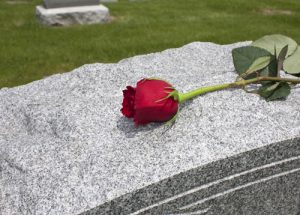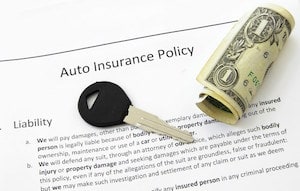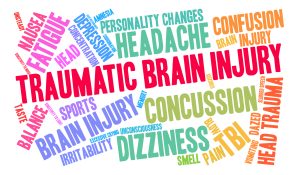Electric bikes (e-bikes) are everywhere in California — they’re fun, efficient, and an affordable way to get around dense cities and long coastal commutes. But with growing popularity comes more crashes, injuries, and complicated legal questions. If you or a loved one were hurt in an e-bike accident in California, this guide explains what to do, how claims work, who can be responsible, and why legal representation can meaningfully improve your recovery and outcome.
This post is written for California riders and victims, and includes practical, step-by-step advice on evidence preservation, interacting with insurers, common legal theories (negligence, product liability, premises liability), the timeline for claims, and what damages you can recover. For more resources and to speak with experienced personal injury counsel, visit Victimslawyer.com.







